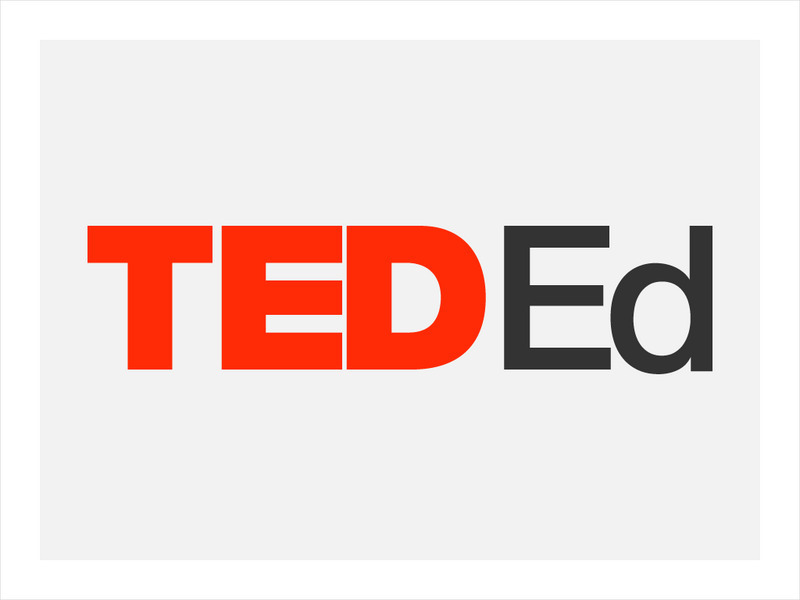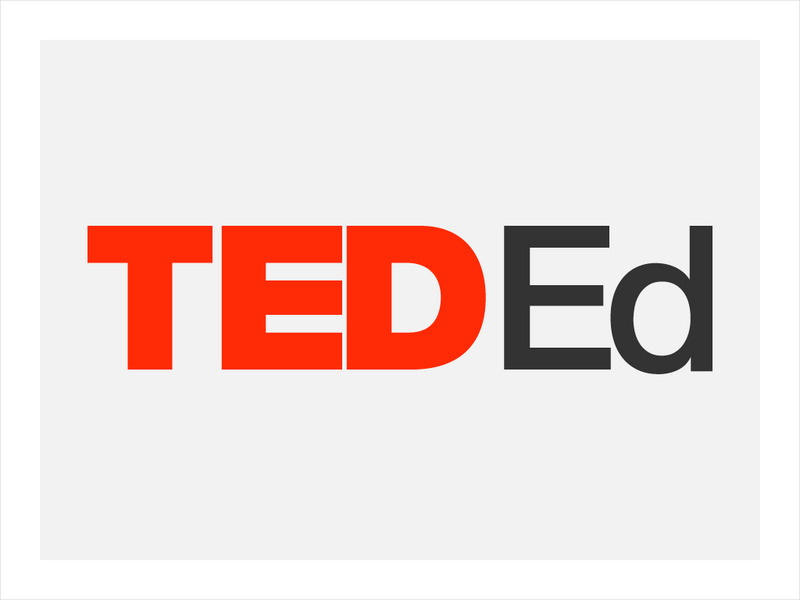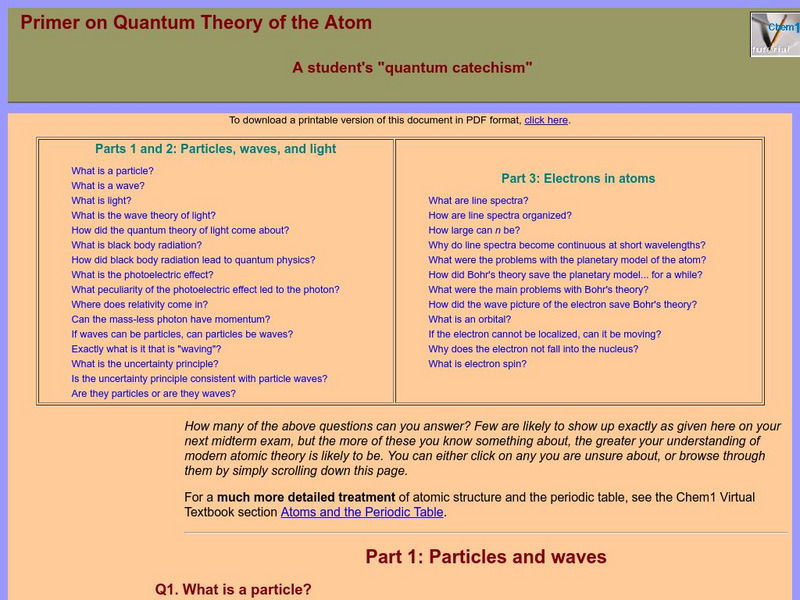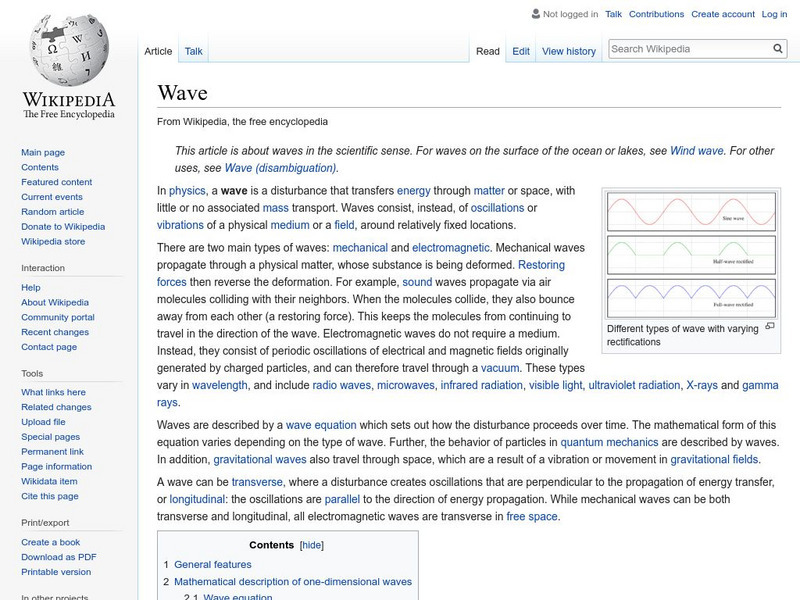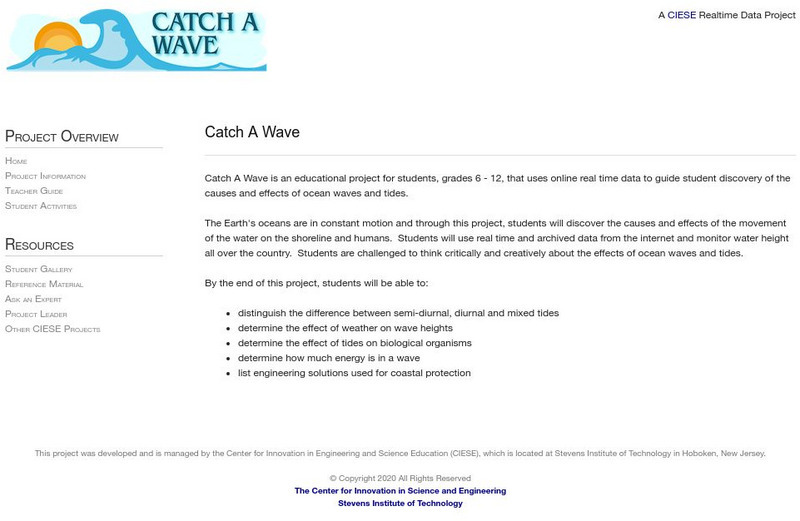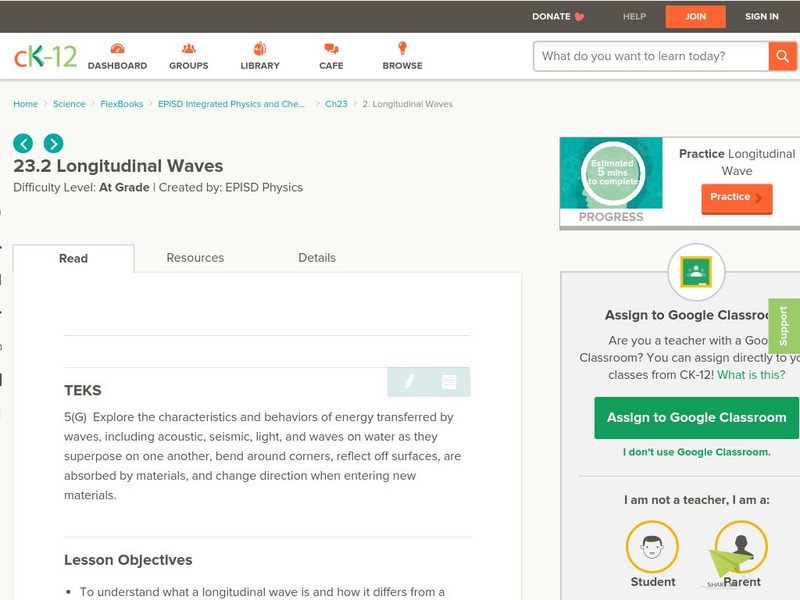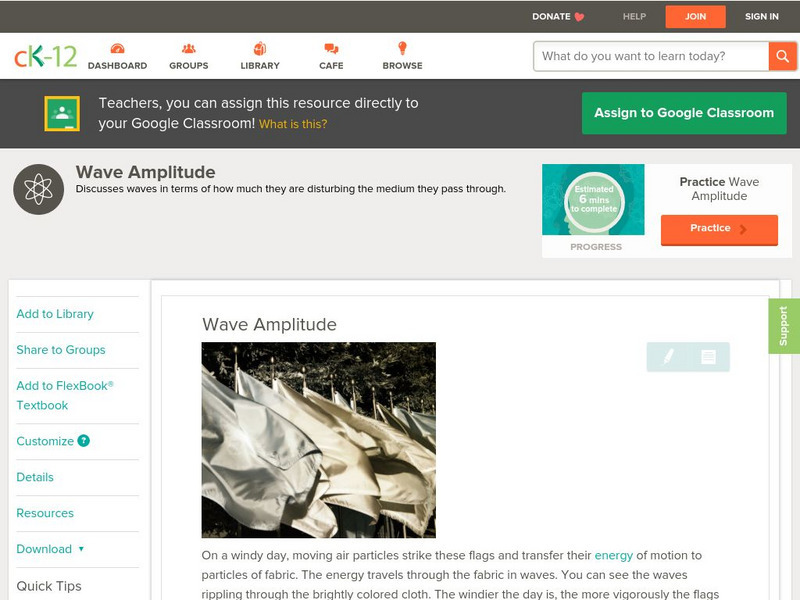Curated OER
Musical Concept
Fourth graders practice musical forms to be able to recognize similar and different sections to a song. They review that music has a beginning, middle and an end and discover this process through the "Viennese Musical Clock" that...
Curated OER
Join the Parade Worksheet 1 - Level 2
In this English instructional activity, 3rd graders describe, in English, a picture of children playing in the park. Students complete writing sentences using words in the word banks.
Curated OER
Breaking News English: Rio Carnival Says "No" To Violence
In this ESL reading comprehension worksheet, students read or listen to the passage, then complete a wide variety of warm-up activities, as well as before listening/reading, while listening/reading, after listening/reading, discussion,...
PBS
Pbs Learning Media: What Is a Wave?
This interactive activity adapted from the University of Utah's ASPIRE Lab provides an overview of the characteristics and properties of various types of waves, including light waves, sound waves, and water waves.
Physics Classroom
The Physics Classroom: Waves: What Is a Wave?
Students examine how waves are described in a manner that allows us to understand their basic nature and qualities.
Physics Classroom
The Physics Classroom: The Nature of a Wave
A very good introduction to the world of waves. Waves and wavelike motion, what is a wave, and categories of waves are the topics examined in this site. Many links to other wave sites.
TED Talks
Ted: Ted Ed: What Is Color?
Colm Kelleher describes the physics behind colors- why the colors we see are related to the period of motion and the frequency of waves. [3:09]
TED Talks
Ted: Ted Ed: What Is the Heisenberg Uncertainty Principle?
The Heisenberg Uncertainty Principle states that you can never simultaneously know the exact position and the exact speed of an object. Why not? Because everything in the universe behaves like both a particle and a wave at the same time....
NASA
Nasa Space Place: What Is a Gravitational Wave?
Learn about gravitational waves, what causes them, and how they are detected.
Simon Fraser University
Chem1 Virtual Textbook: What Is a Wave?
Acting as part of an overview on quantum theory, this section of the site answers the question, what is a wave? In addition to a definition, several examples and formulas are provided.
Simon Fraser University
Chem1 Virtual Textbook: What Is Light?
Acting as part of an overview on quantum theory, this section of the site answers the question, what is light? In answering the question, specific discussion is directed toward light waves and theories of light.
NASA
Sci Jinks: What Is a Heat Wave?
Understand why heatwaves are not just a reason for jumping into a swimming pool. Find tips on how to manage through a heat wave.
Other
Climate Gateway: What Is Climate Change?
This ClimateGateway.com site provides information on what climate change is as well as the factors that affect global climate.
Wikimedia
Wikipedia: Wave
An in-depth encyclopedia article from Wikipedia on waves gives a definition for what a wave is. Other content in the article includes a list of examples and characteristics of waves, information about the difference between transverse...
NASA
Nasa Space Place: What Is an Earthquake?
Discover why earthquakes happen, how we measure them, and why they only happen on Earth.
Physics Classroom
The Physics Classroom: Formation of Standing Waves
How are standing wave formations formed? Why are they only formed when the medium is vibrated at specific frequencies? What makes these so-called frequencies so special and magical? These questions are answered in this exploration of...
Mocomi & Anibrain Digital Technologies
Mocomi: What Is Scattering of Light?
Do you know why the sky is blue? Article defines scattering and how it works. Explains the difference between the scattering of light and reflection or refraction.
Mocomi & Anibrain Digital Technologies
Mocomi: What Is Sound?
Defines sound, how it travels, the components of a sound wave, the different types, and other fun facts.
Center for Innovation in Engineering and Science Education, Stevens Institute of Technology
Ciese: Catch a Wave
In this project for Grades 6 to 12, students will use real data collected online to learn how waves and tides work. They will learn what causes water to move, and how waves and tides impact on humans, organisms and waterfront lands. They...
CK-12 Foundation
Ck 12: Longitudinal Waves
[Free Registration/Login may be required to access all resource tools.] Students can use this module to find out what a longitudinal wave is and how it differs from a transverse wave.
NASA
Nasa: The Space Place: Why Is the Sky Blue?
Learn about colors of light by exploring how prisms work. Discover the different colors of the spectrum and how the visible light is what we see.
Synopsys
Synopsys: Optics for Kids: What Is Light?
This site provides a short explanation of light, how it travels, and the speed in which it travels. Many other concepts related to optics can be found on this site as well.
Science Struck
Science Struck: Electromagnetic Energy and Why It Is Important
Explains what electromagnetic energy is, the history of its discovery, some terms used when talking about it, and gives some facts about it.
CK-12 Foundation
Ck 12: Physical Science: Wave Amplitude
[Free Registration/Login may be required to access all resource tools.] What wave amplitude is and how to measure it, and what determines the amplitude of a wave.




